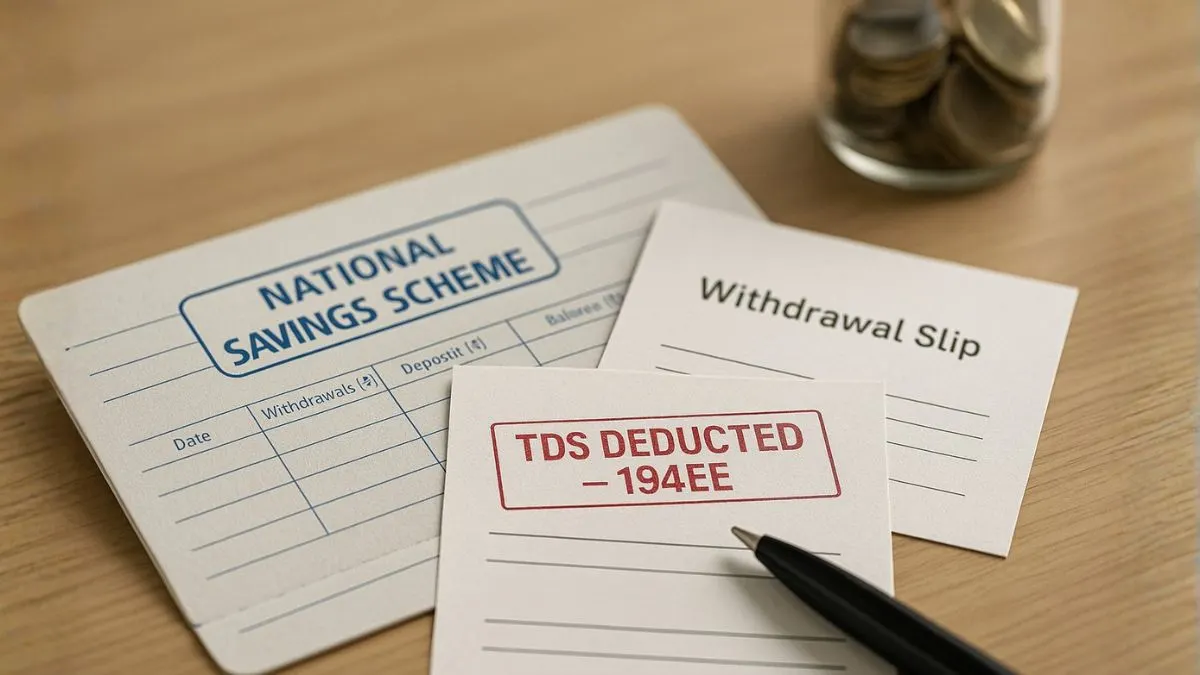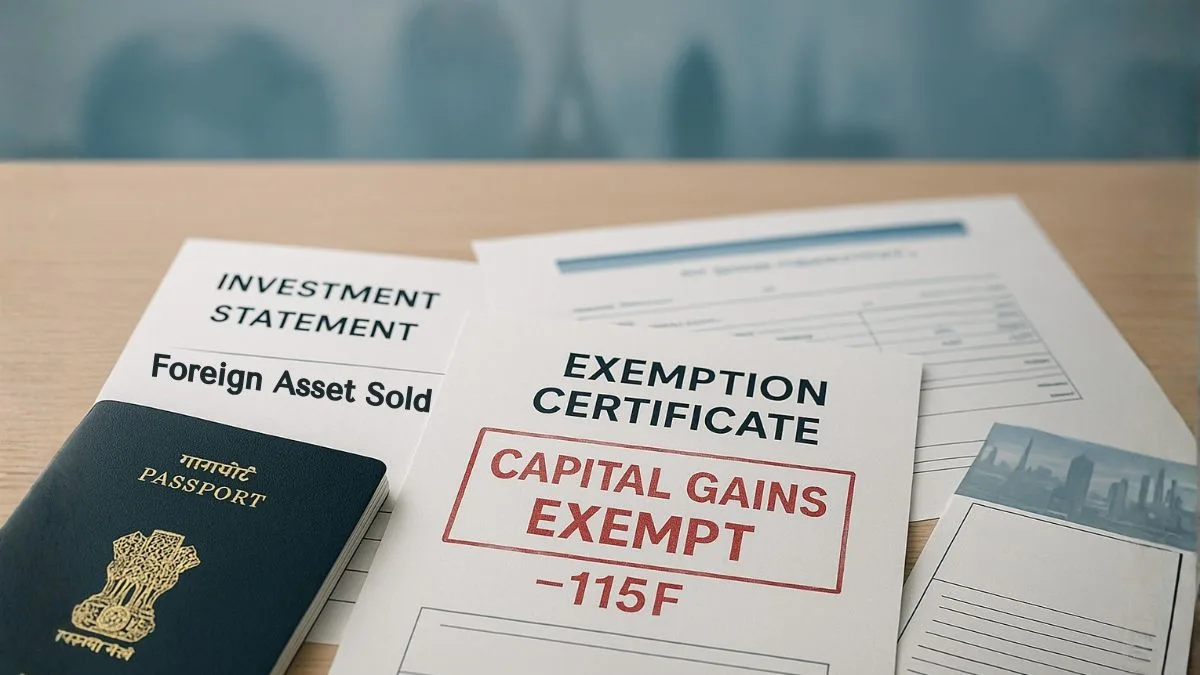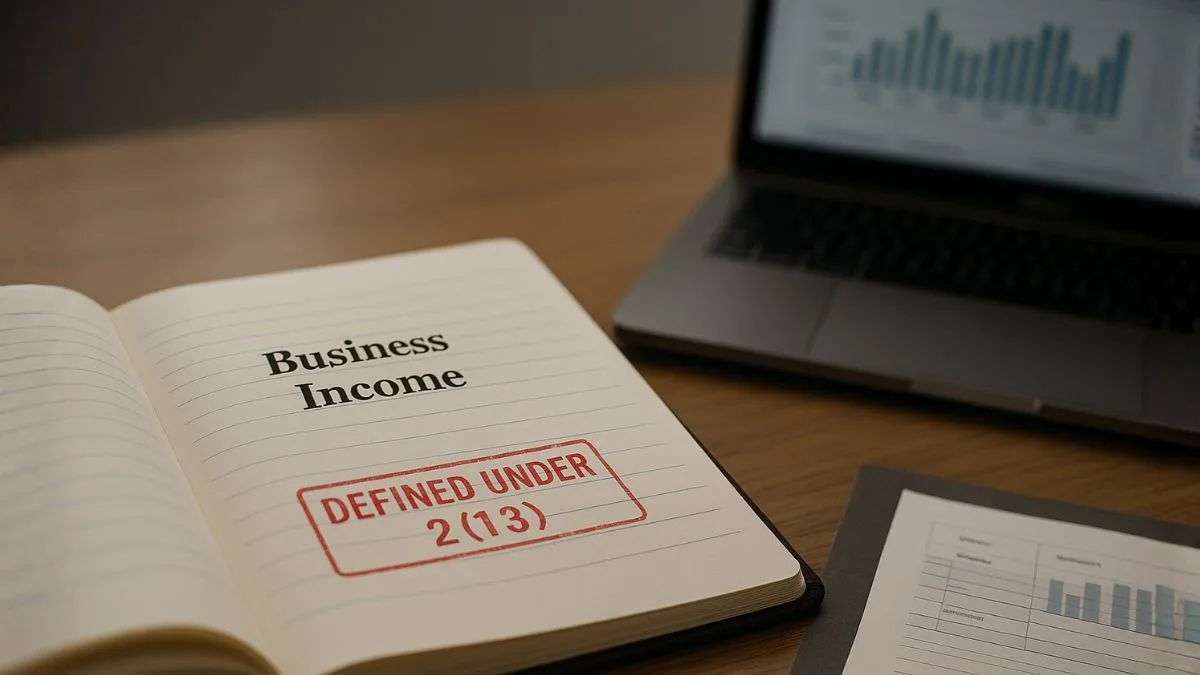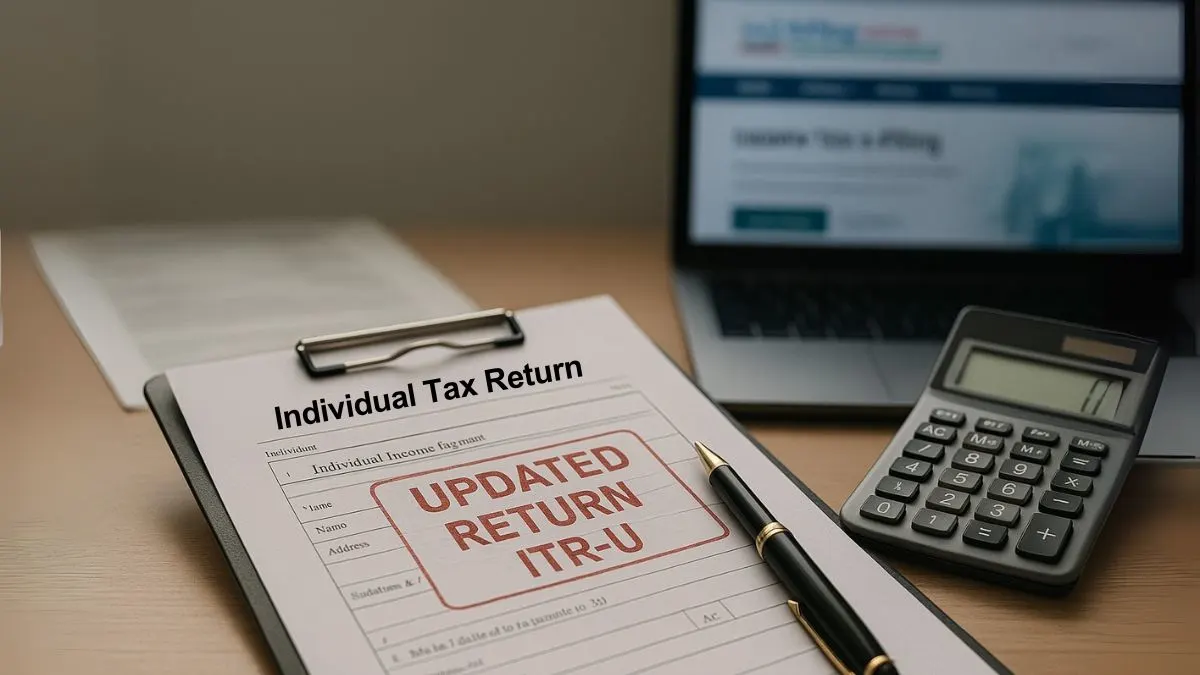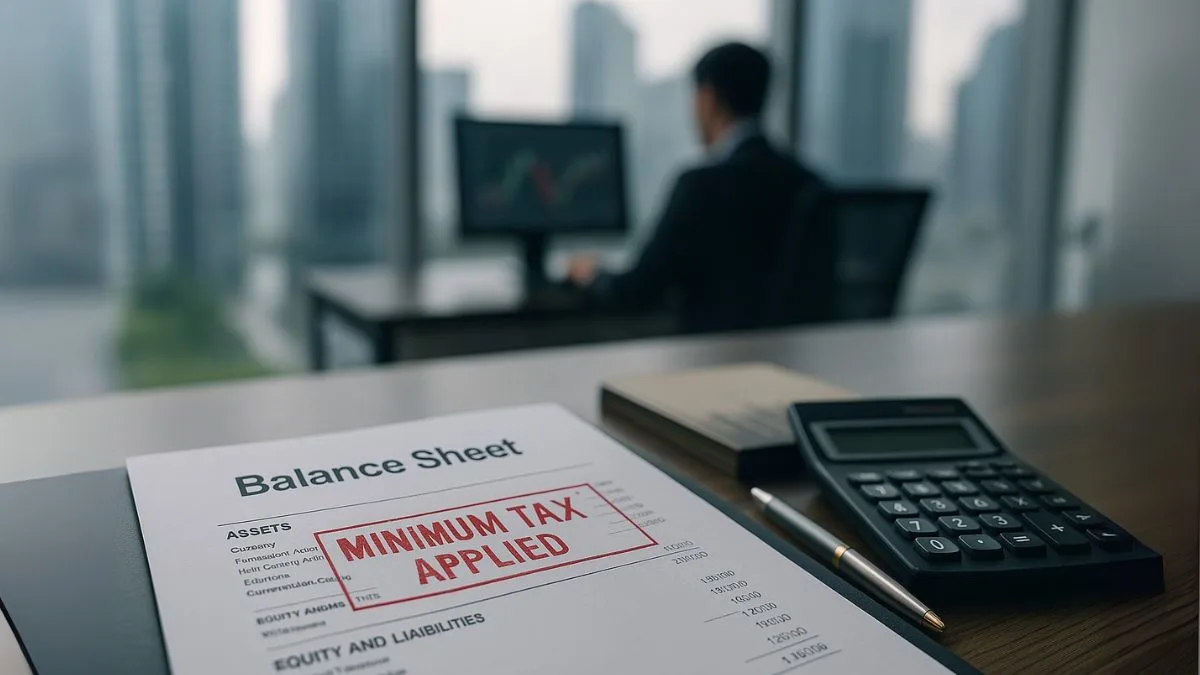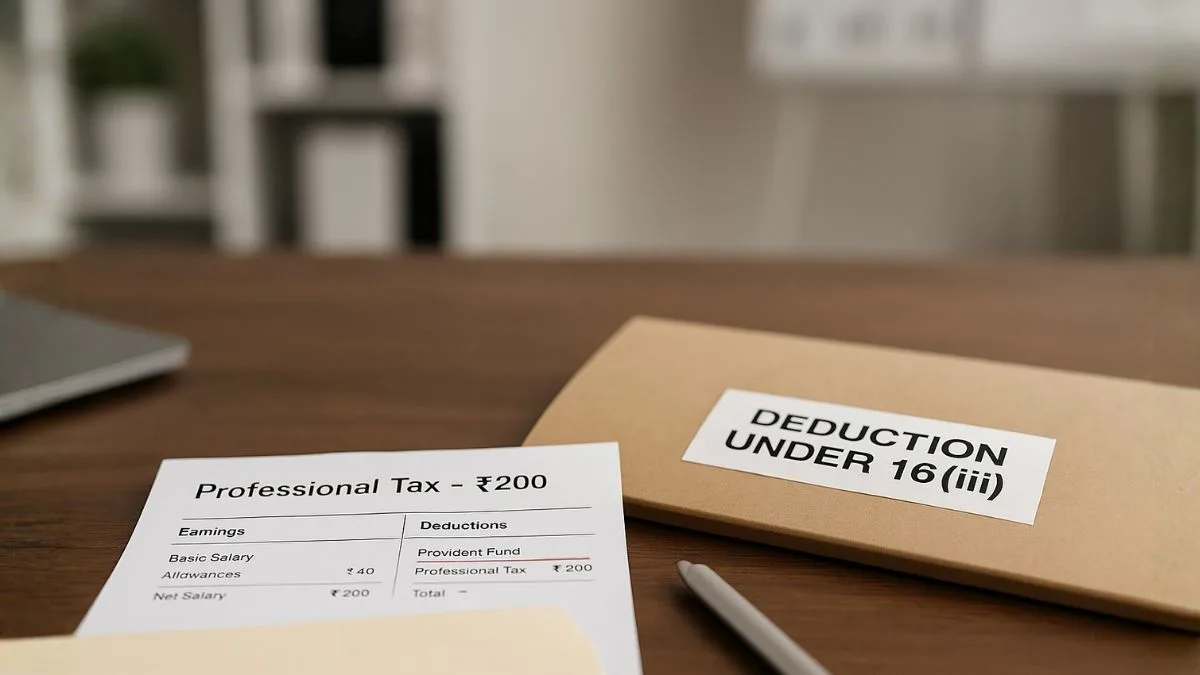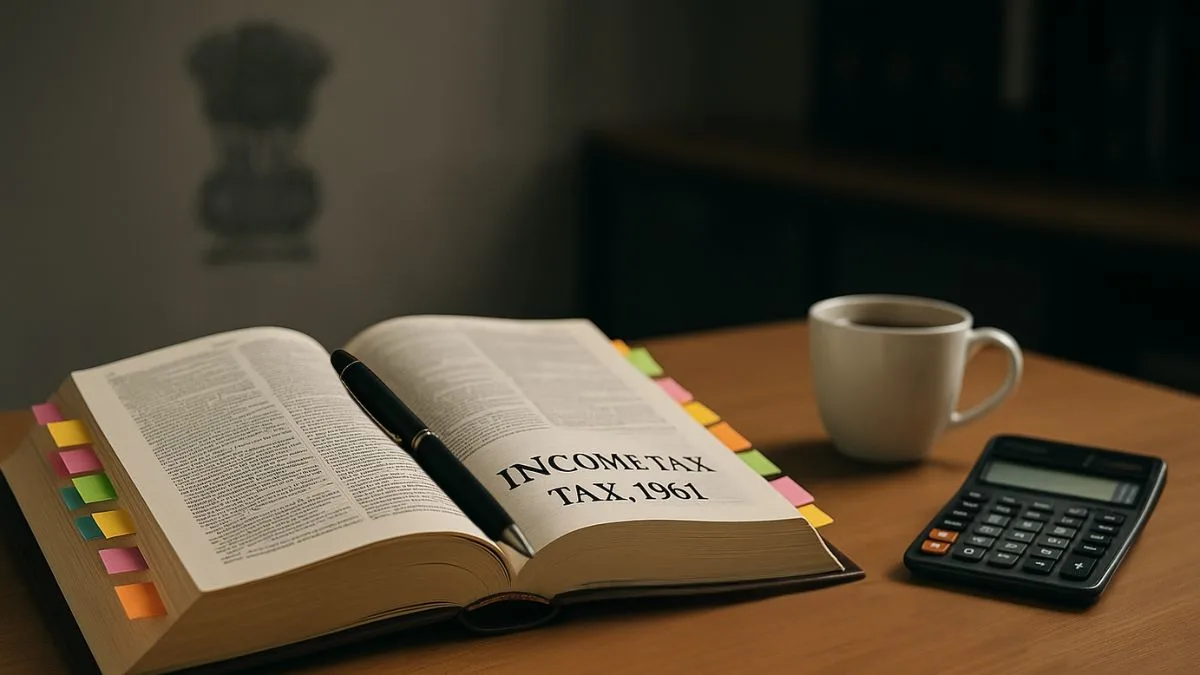
Every time someone talks about taxes in India, the conversation quickly hits a wall: “The Income Tax Act has too many sections!”
And honestly, that’s true.
If you’ve ever opened the Act, you know it’s a monster of legal writing. But here’s the simple, straight answer —
👉 The Income Tax Act, 1961 currently has 536 sections, divided into 23 chapters & 16 schedules.
That’s not just a number — it’s six decades of amendments, updates, and government fine-tuning packed into one law.
A Quick Throwback — How Did We Get Here?
When India became independent, the older law — the Income Tax Act of 1922 — was outdated.
It couldn’t handle the new kinds of income people were earning — business profits, property income, or capital gains from shares.
So, in 1961, Parliament brought in a fresh law. The goal was simple: make the tax system modern & fair."
But as the economy grew, the law had to keep changing.
More sections were added to cover digital income, startups, stock markets, and even cryptocurrencies.
And that’s how we ended up with 536 sections, spread across 23 chapters & 16 schedules.
Understanding the Structure
Let’s make this less scary. Think of the Act like a book.
- Chapters are the main topics.
- Sections are the specific rules under those topics.
- Schedules are like appendices — tables, lists, and examples that help explain certain calculations.
For example:
- Chapter IV talks about how to compute total income.
- Chapter VI-A gives all the famous deduction sections like 80C, 80D, 80G, etc.
- Schedules include things like depreciation rates & exemptions.
Everything connects — and if you look closely, it’s actually quite logical.
Also Read: The Tax Deduction Powerhouse for Industries
Why So Many Sections?
That’s the question every taxpayer asks.
The reason is simple — India’s economy isn’t static. New forms of business, digital assets, and global trade keep popping up. Each new situation demands clarity in law.
Instead of rewriting the entire Act, the government keeps inserting new sections.
For instance:
- The concept of Virtual Digital Assets (like crypto) got its own section — 115BBH.
- Startups received a special deduction under 80-IAC.
- Agricultural income & exemptions were detailed under Section 10(1).
So, what started as a compact law turned into a detailed manual for almost every kind of income you can think of.
Five Heads of Income – The Core of Everything
Despite all those 536 sections, almost everything still revolves around five heads of income:
- Salary
- House Property
- Business or Profession
- Capital Gains
- Other Sources
Every clause, amendment, & rule you hear about fits into one of these.
The government just refines how to calculate, tax, or exempt them.
Fun Fact
If you printed the entire Act, it would fill over 1,200 pages."
That’s longer than all seven Harry Potter books combined — at least in terms of confusion!
Even tax professionals joke that it’s the one book where reading one page raises ten new questions.
How Chapters and Sections Are Arranged
To give you a sense of order:
- Chapter I: Basics — title, definitions, and scope.
- Chapter II: Basis of charge (how & when tax applies).
- Chapter IV: Computation of income under five heads.
- Chapter VI-A: Deductions (your favorite part — 80C, 80D, etc.)
- Chapter XVII: Collection and recovery of tax, including TDS & TCS.
- Chapter XIX: Appeals & revisions.
And that’s not even the full list — but you get the idea. Each section fits inside one of these chapters.
Also Read: Tax Deduction on Savings Account Interest
The Reality: No One Knows All 536 by Heart
Even seasoned CAs don’t remember all sections word for word.
Instead, they work with themes — deductions, exemptions, capital gains, etc.
When needed, they dive into the exact section.
So, if you ever feel lost while reading tax laws — trust me, you’re not alone. Even experts Google them sometimes.
Why the Number Keeps Changing
It’s worth noting — this number (536 sections, 23 chapters, & 16 schedules) isn’t frozen.
Every year, the Finance Act brings amendments. Some sections get split, merged, or deleted."
That’s why when you hear a CA say, “As per the latest amendment…”, they’re talking about these yearly changes.
If you’re reading old blogs, you might see different counts — that’s totally normal.
How It All Affects You
For most taxpayers, only a small part of this Act matters.
Sections like 10, 80C, 80D, 194IA, and 234F show up every year during filing season.
They talk about what’s exempt, how to claim deductions, and the penalties for missing deadlines.
But if you’re a business owner, investor, or NRI, more sections start to apply — especially around capital gains & foreign income.
That’s when you realize how deep this law really goes.
Let’s Be Honest
You don’t need to memorize 536 sections.
You just need to understand where to look, or who to ask.
That’s why people rely on chartered accountants — they act as translators between the complex legal text & your real-life tax situation.
And honestly, once you get the hang of a few sections, the rest begins to make sense.
Also Read: Diseases Covered Under Section 80D of the Income Tax Act: Health, Tax Benefits & More
A Small Example
Imagine you’re filing your taxes:
- Your salary goes under Section 15 to 17.
- Deductions are claimed under Chapter VI-A (Section 80C onwards).
- If you sold shares, capital gains rules under Section 45 apply.
See? Once you know the structure, you can navigate without panic.
A Quick Recap
✅ Total Sections: 536
✅ Chapters: 23
✅ Schedules: 16
✅ Law in Force: Income Tax Act, 1961
These numbers define the backbone of India’s tax system. Every refund, every deduction, every penalty — it all traces back to these pages.
So yes — the Income Tax Act might look intimidating, but once you peel it layer by layer, it’s just logic written in legal language.
It covers everything — from how your salary is taxed to how your company’s profits are shared.
And the best part? It keeps evolving with India’s economy — which means learning never really stops.
Need Help Figuring Out Which Sections Apply to You?
At CallMyCA.com, we help decode the Income Tax Act for you.
Whether it’s Section 80C for deductions or Section 194IA for property TDS, we make sure you never miss out on savings or compliance.
Because understanding taxes shouldn’t feel like reading a foreign language — and with our team, it won’t.


